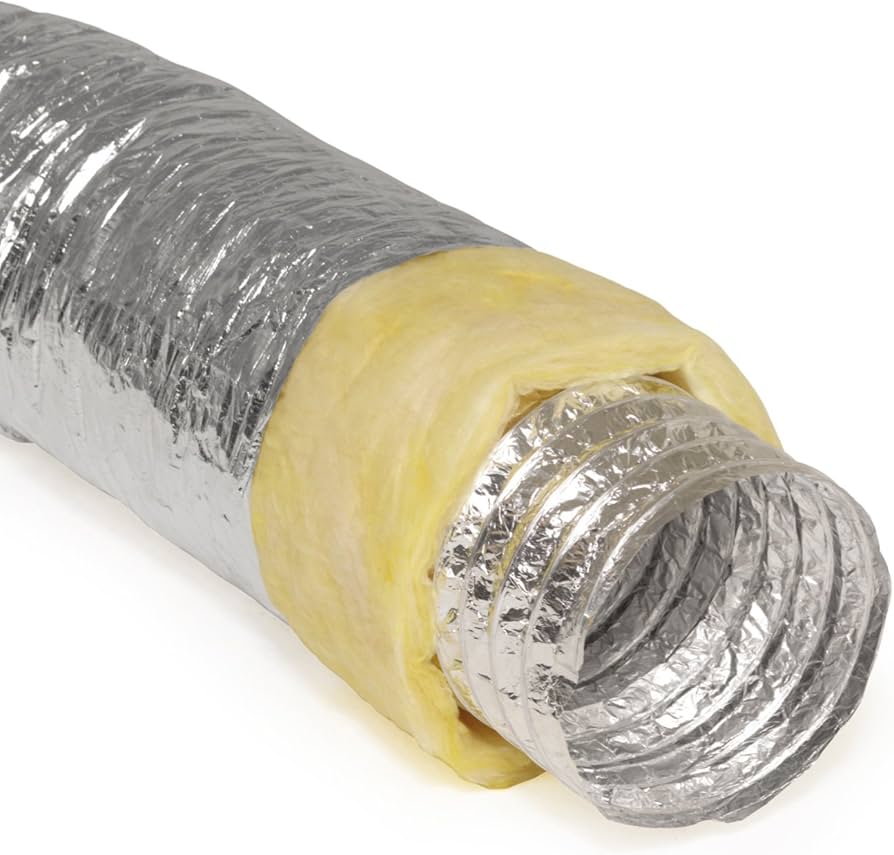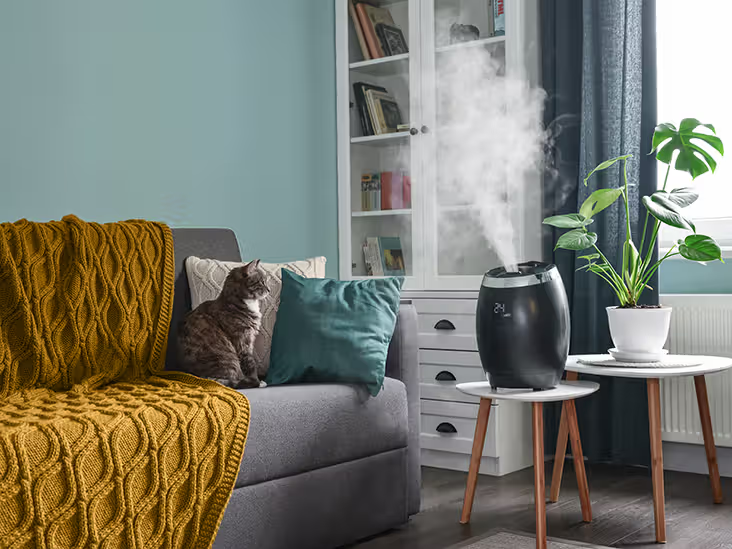Winter is here, and while we all love the cozy warmth of our homes, heating bills can quickly rise when temperatures drop. Fortunately, there are simple and effective ways to keep those costs down while staying comfortable. Here are some energy-saving tips for making your home more efficient this winter:
1. Weatherproof Your Home



Heat can escape through small gaps in your home, forcing your heating system to work harder. Weatherproofing stops this energy loss.
Seal Doors and Windows:
Apply adhesive weatherstripping to door frames and windows to block drafts. For larger gaps, use caulking to seal cracks. Pay special attention to older windows and doors where seals may have worn out.Install Door Sweeps:
Door sweeps at the bottom of your exterior doors can block cold air from seeping in. They’re inexpensive and easy to install.Use Draft Stoppers:
Place draft stoppers (or even a rolled-up towel) along the base of windows and doors to keep the heat inside.Cover Windows with Insulation Film:
Clear plastic window insulation kits add an extra layer of protection and are easy to apply. These are particularly effective on single-pane windows, preventing cold drafts while letting light through.
2. Ensure Proper Insulation



Insulation acts as a barrier to heat loss, keeping your home warmer with less energy. Proper insulation in key areas can significantly lower your heating costs.
Attic Insulation:
Since warm air rises, an uninsulated or poorly insulated attic can cause substantial heat loss. Check your attic’s insulation level. Adding blown-in or batt insulation with an R-value suited to your climate can make a big difference.Wall Insulation:
If you live in an older home, your walls may lack sufficient insulation. While upgrading wall insulation may involve some cost, it’s a worthwhile investment. Spray foam or cellulose insulation can be added during renovations.Pipe and Duct Insulation:
Insulate exposed heating ducts in unheated spaces like basements or attics to prevent heat loss. Similarly, wrap exposed pipes to prevent them from freezing and to maintain the efficiency of your water heater.
Energy-Saving Tips: How to Keep Heating Bills Low This Winter
Winter’s chill is here, and while a warm home is essential, rising heating bills can be a concern. With a few smart adjustments and some maintenance, you can create a cozy, energy-efficient home that saves you money. Here’s a detailed guide to help you lower heating costs without sacrificing comfort:
1. Weatherproof Your Home
Heat can escape through small gaps in your home, forcing your heating system to work harder. Weatherproofing stops this energy loss.
Seal Doors and Windows:
Apply adhesive weatherstripping to door frames and windows to block drafts. For larger gaps, use caulking to seal cracks. Pay special attention to older windows and doors where seals may have worn out.Install Door Sweeps:
Door sweeps at the bottom of your exterior doors can block cold air from seeping in. They’re inexpensive and easy to install.Use Draft Stoppers:
Place draft stoppers (or even a rolled-up towel) along the base of windows and doors to keep the heat inside.Cover Windows with Insulation Film:
Clear plastic window insulation kits add an extra layer of protection and are easy to apply. These are particularly effective on single-pane windows, preventing cold drafts while letting light through.
2. Ensure Proper Insulation
Insulation acts as a barrier to heat loss, keeping your home warmer with less energy. Proper insulation in key areas can significantly lower your heating costs.
Attic Insulation:
Since warm air rises, an uninsulated or poorly insulated attic can cause substantial heat loss. Check your attic’s insulation level. Adding blown-in or batt insulation with an R-value suited to your climate can make a big difference.Wall Insulation:
If you live in an older home, your walls may lack sufficient insulation. While upgrading wall insulation may involve some cost, it’s a worthwhile investment. Spray foam or cellulose insulation can be added during renovations.Pipe and Duct Insulation:
Insulate exposed heating ducts in unheated spaces like basements or attics to prevent heat loss. Similarly, wrap exposed pipes to prevent them from freezing and to maintain the efficiency of your water heater.
3. Optimize Heating with a Smart Thermostat

Smart thermostats are more than just convenient—they're a practical way to manage energy use without sacrificing comfort.
Programming Schedules:
Set your thermostat to lower the temperature during the hours you're asleep or away from home. For example, drop the temperature by 5–10°F at night or while you’re at work to save up to 10% on heating costs annually.Remote Control:
Many smart thermostats can be controlled from your phone, so you can adjust the heat before arriving home.Zoned Heating:
Some systems allow you to heat specific areas of the house, reducing energy use in rooms that aren’t frequently used.Energy Monitoring:
Track your energy consumption through the thermostat’s app. Many models, like Nest or Ecobee, offer tailored recommendations to improve efficiency.
4. Maintain Your Heating System

A well-maintained heating system runs more efficiently, using less energy and lasting longer.
Replace Furnace Filters Regularly:
Dirty filters force your furnace to work harder to circulate air, increasing energy consumption. Replace filters every 1–3 months, depending on usage and filter type.Schedule Annual Tune-Ups:
Have a professional HVAC technician inspect and service your system. They’ll clean the components, check for leaks, and ensure everything is working optimally.Bleed Radiators:
If you use radiators, bleed them to remove trapped air that can prevent them from heating efficiently.Seal Heating Ducts:
Leaky ducts can result in 20–30% heat loss. Use mastic sealant or metal tape (not duct tape) to seal any visible gaps.
5. Leverage Ceiling Fans in Winter

Ceiling fans aren’t just for summer—they can help circulate warm air in winter too.
Reverse the Direction:
Switch the fan to rotate clockwise at a low speed. This pushes warm air trapped near the ceiling back down into the living space, improving comfort and reducing the need for additional heating.
6. Take Advantage of Natural Heat
Harness the sun’s natural warmth to reduce heating costs.
Open Curtains During the Day:
Let sunlight in through south-facing windows to naturally warm your home. Be sure to clean windows and trim any outdoor branches that block sunlight.Close Curtains at Night:
Insulated or thermal curtains help trap heat inside your home when the temperature drops after sunset.
7. Invest in Simple Upgrades

Small changes can have a big impact on energy savings:
Radiator Reflectors:
Place foil panels behind radiators to reflect heat back into the room instead of letting it escape through walls.Smart Plugs for Space Heaters:
If you use space heaters, pair them with smart plugs to limit usage to when needed and prevent overheating.Install a Humidifier:
Moist air feels warmer than dry air, so a humidifier can make your home feel cozier without turning up the heat.


Comments:
Post Your Comment: